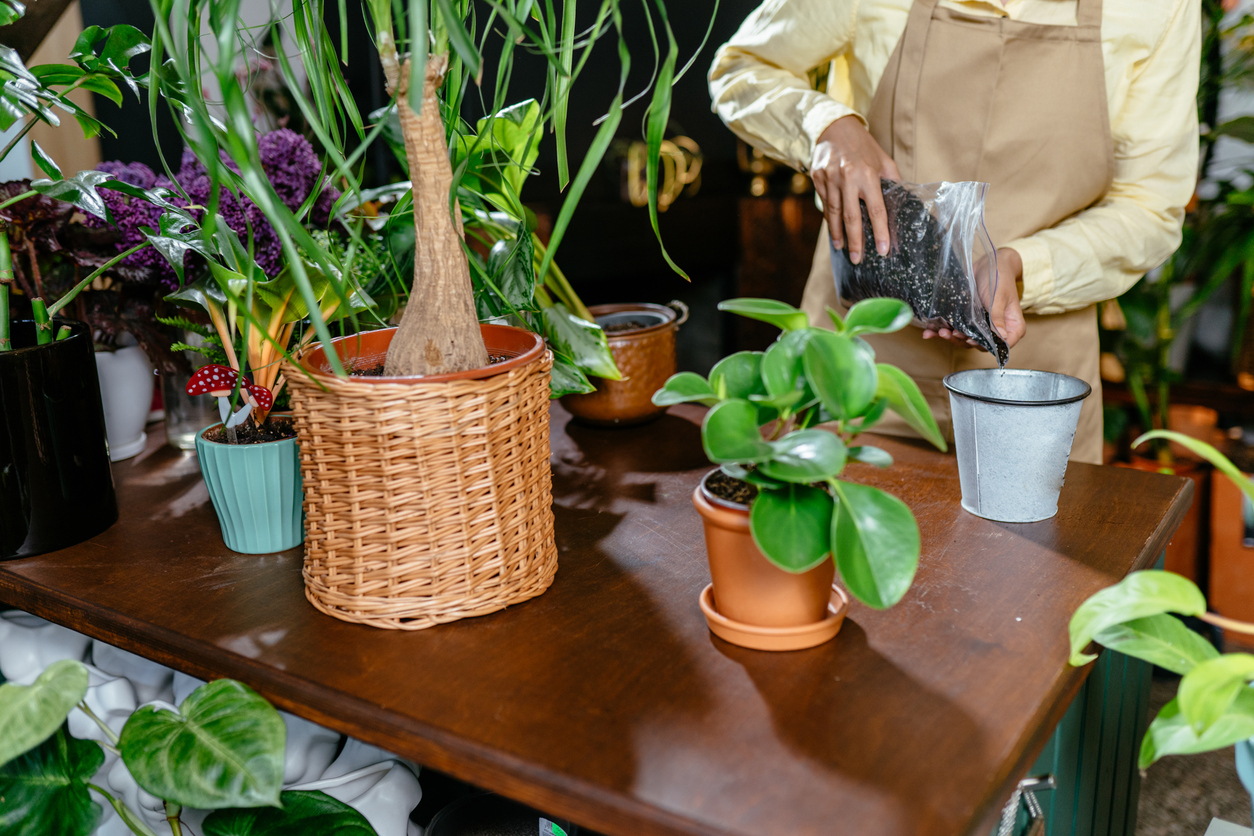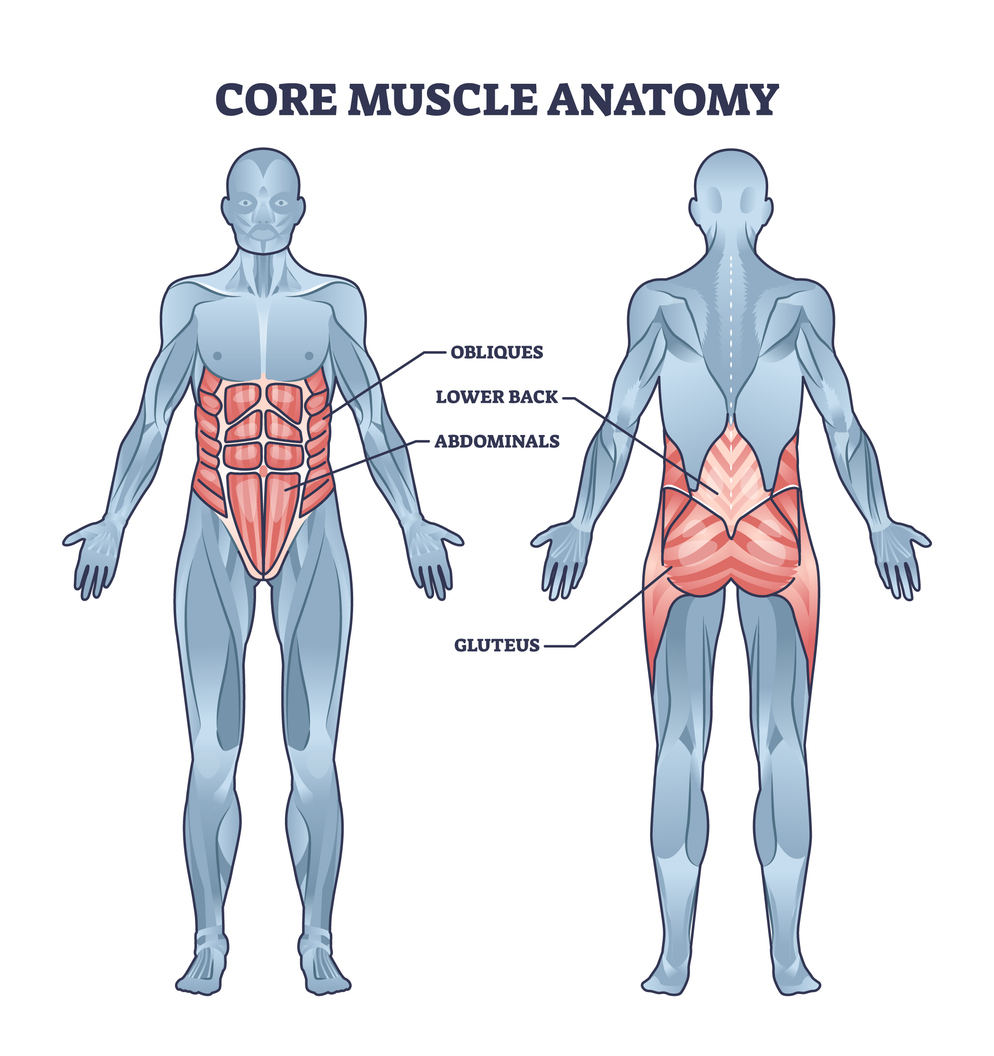As spring blooms and warmer weather beckons us outdoors, many of us eagerly embrace the opportunity to tend to our gardens. However, amidst the joy of nurturing plants and flowers, it’s essential to prioritize your physical well-being, particularly the health of your lower back. Gardening can be physically demanding, often requiring bending, lifting, and repetitive motions that may strain the muscles and joints of the back. To ensure a pain-free gardening experience, Carolina Rehabilitation and Physical Medicine Center offers valuable tips for preventing lower back pain while indulging in your green thumb pursuits.
1. Warm-Up and Stretch
Just as athletes warm up before a workout, gardeners should prepare their bodies for the physical demands of gardening. Before diving into your gardening tasks, take a few minutes to warm up your muscles with gentle exercises like walking or marching in place. Follow it up with stretches targeting the back, hamstrings, and shoulders to enhance flexibility and reduce the risk of strains.
2. Use Proper Body Mechanics

Maintaining proper body mechanics is crucial to preventing lower back pain during gardening.
Avoiding excessive bending over while gardening can help reduce strain on your lower back. Here are some tips to help you minimize bending:
Use raised beds or containers.
Planting in raised beds or containers brings the garden closer to you, reducing the need for bending over. You can build or purchase raised beds at a comfortable height for gardening without excessive bending.
Employ vertical gardening techniques.
Vertical gardening involves growing plants upwards instead of outwards. Trellises, arbors, and vertical planters can help maximize space while minimizing the need to bend over for planting, weeding, and harvesting.
Invest in long-handled tools.
Long-handled tools extend your reach, allowing you to work from a standing or seated position without needing to bend over as much. Look for tools such as long-handled rakes, hoes, and weeders to minimize bending.
Use a garden stool or kneeler.
A garden stool with built-in support or a cushioned kneeling pad can provide a comfortable surface for gardening tasks that require closer proximity to the ground. These tools allow you to work at a comfortable height while reducing strain on your back and knees.
Lift heavy objects properly.
When lifting heavy objects such as bags of soil or pots, bend at the knees and hips while keeping your back straight. Avoid twisting motions while lifting, as this can strain the back muscles. Instead, pivot your entire body to face the direction you intend to move.
Use a garden bench.
A garden bench or makeshift garden bench as pictured above allows you to stand up straight rather than bending over.
3. Choose Ergonomic Tools
Investing in ergonomic gardening tools can significantly alleviate strain on your back and joints. Choose tools with padded handles and long handles to minimize bending and reaching. Here are some suggestions with links:
- Pro Ergonomic Lite Shovel
- Long Reach Garden Set
- Deluxe Tractor Scoot
- One Touch Rain Wand
- 4-Claw Weeder
There are also ergonomic garden tools that help prevent strain in your hands and wrists, such as:
Using ergonomic gardening tools, you can minimize the risk of repetitive strain injuries and discomfort while maintaining a comfortable and efficient gardening experience.
4. Protect Your Knees

For tasks that require kneeling, use a cushioned kneeling pad. Continuous stress and impact on the knees without protection can contribute to developing chronic conditions such as osteoarthritis. Over time, the cartilage in the knee joint can wear down, leading to pain, stiffness, and reduced mobility. A garden kneeler seat is an excellent tool to use to protect both your knees and your back. You can use it when to protect your knees when you must kneel or use it as a gardening seat.
5. Take Frequent Breaks
Gardening enthusiasts often get lost in the beauty of their outdoor spaces, but it’s crucial to listen to your body and take regular breaks to rest and rehydrate. You can set a timer to remind yourself to take breaks every 20 to 30 minutes, allowing your muscles to relax and preventing overexertion and strain.
6. Practice Smart Gardening Postures
Maintain a neutral spine position while gardening to reduce strain on your lower back. Avoid hunching or bending forward for extended periods. Instead, squat or kneel, when possible, to distribute the workload evenly across your body. Alternate between tasks that require different body positions to prevent muscle fatigue.
7. Lift and Carry Objects Safely
Whether you’re transporting bags of mulch or rearranging potted plants, prioritize safety when lifting and carrying objects in the garden. Consider using a wheelbarrow, garden cart, or dolly to transport heavy items, reducing the risk of overexertion. Lift with your legs, not your back, and keep the load close to your body to minimize strain.
8. Build Your Core Strength

A strong core is essential for supporting the spine and maintaining proper posture while gardening. When we speak of core muscles, we refer to a group of muscles in the torso, including the abdominals, obliques (sides of the torso), lower back, and hip muscles. These muscles work together to provide stability and support for the spine, pelvis, and surrounding structures, enabling efficient movement, and helping to prevent injury.
Incorporate exercises that target the core muscles into your fitness routine, such as planks, bridges, and bird dogs. A strong core provides stability and reduces the likelihood of back injuries during repetitive gardening tasks.
Conclusion: Preventing Lower Back Pain While Nurturing Your Garden
Gardening offers many physical and mental benefits, but it’s essential to prioritize your back health to ensure a pain-free experience. By incorporating these tips into your gardening routine, you can protect your lower back and knees from strain and injury, allowing you to enjoy your time outdoors to the fullest. : For personalized guidance on maintaining back health and preventing injuries so that you can garden to your heart’s content, give the experts at Carolina Rehab and Physical Medicine Center a call. Remember, your garden needs you to be healthy so it can be healthy and nourished too! Happy gardening!
Contact us today for a complimentary consultation.
Craig Strickland, DC
Carolina Rehab and Physical Medicine Center
1539 Highway 17, Little River, SC 29566

